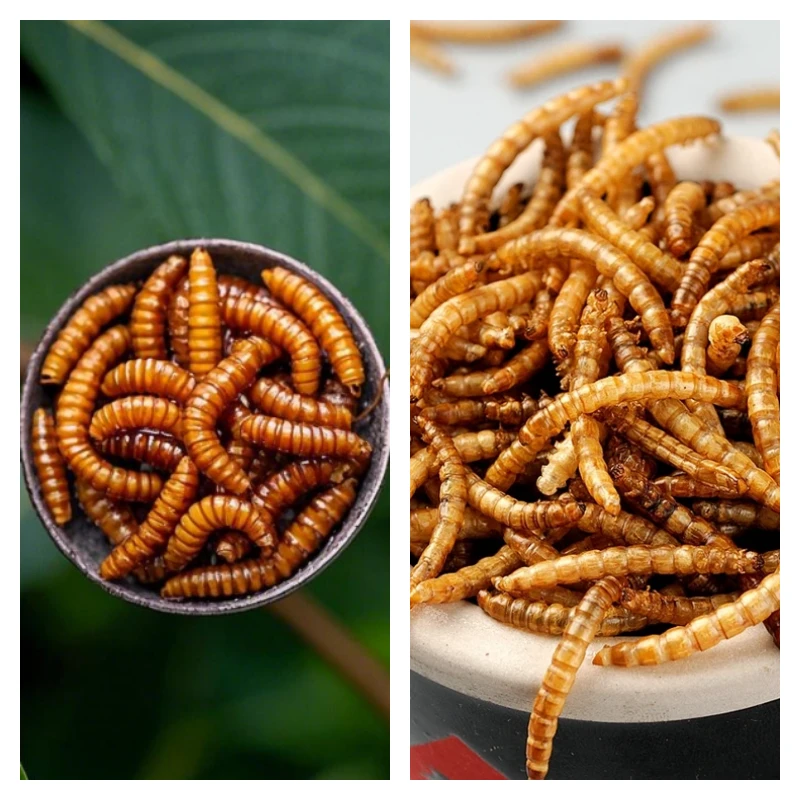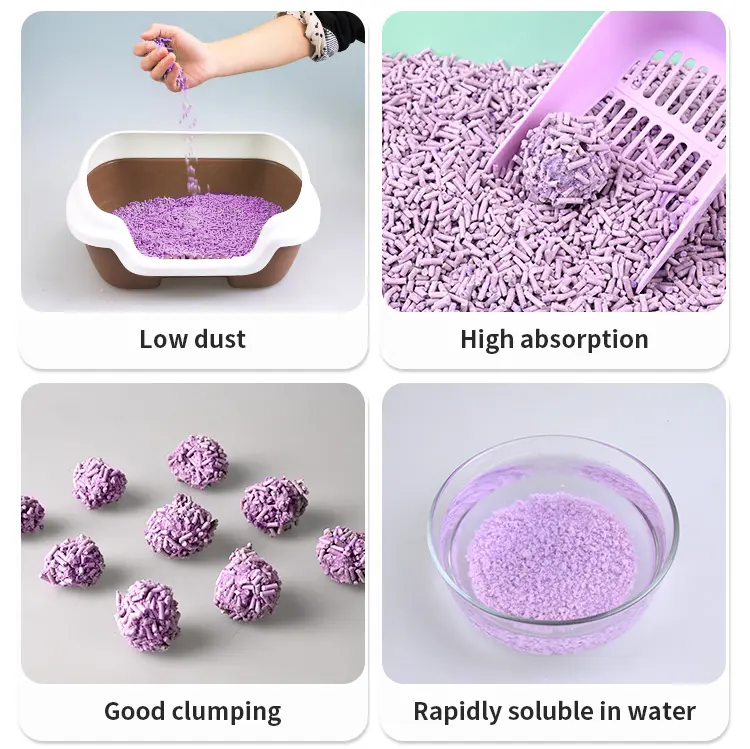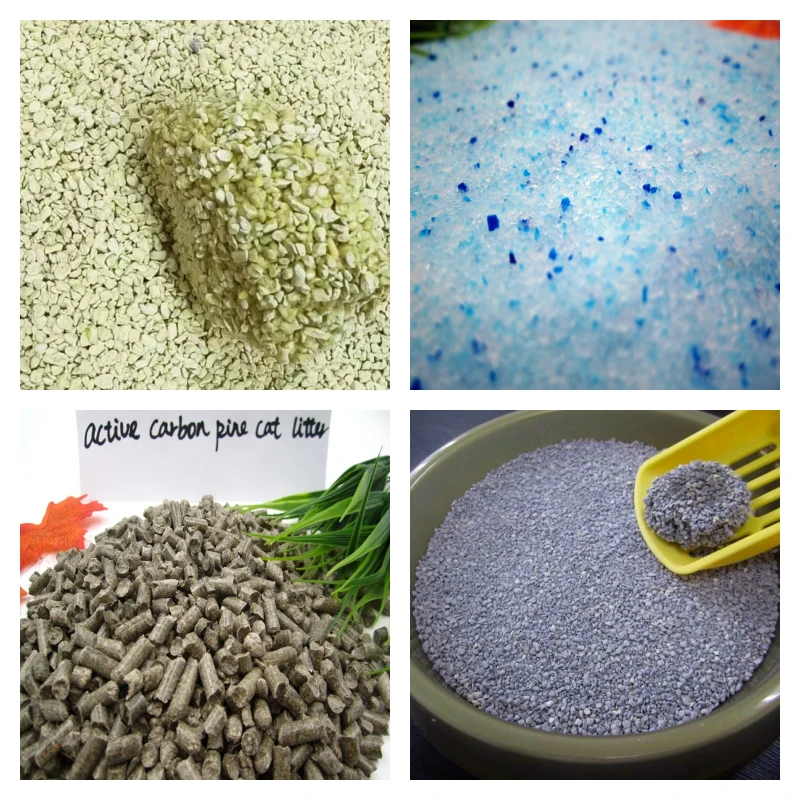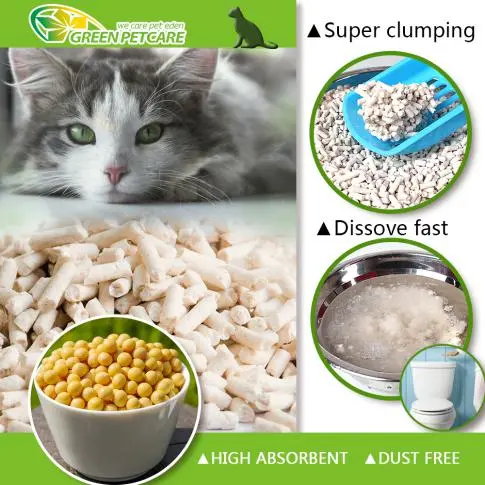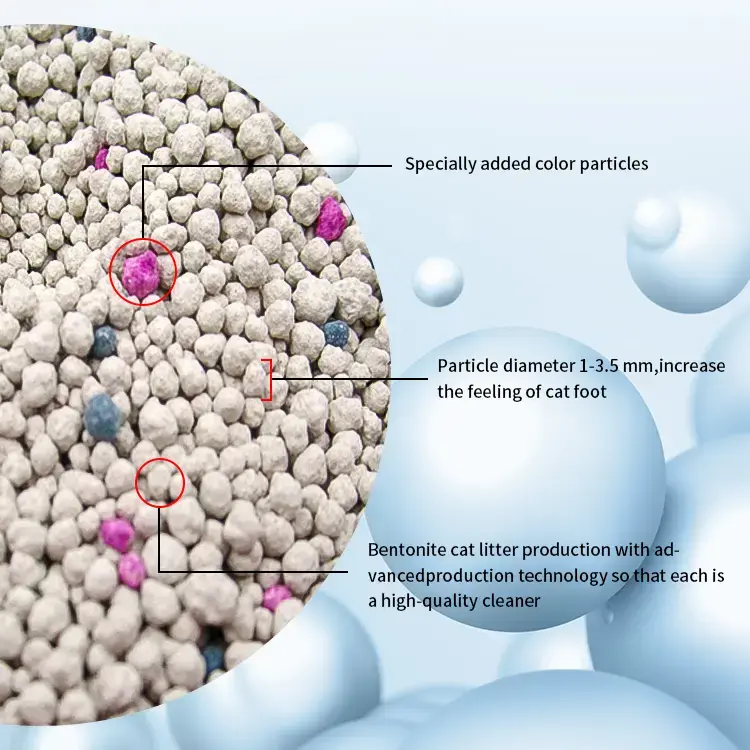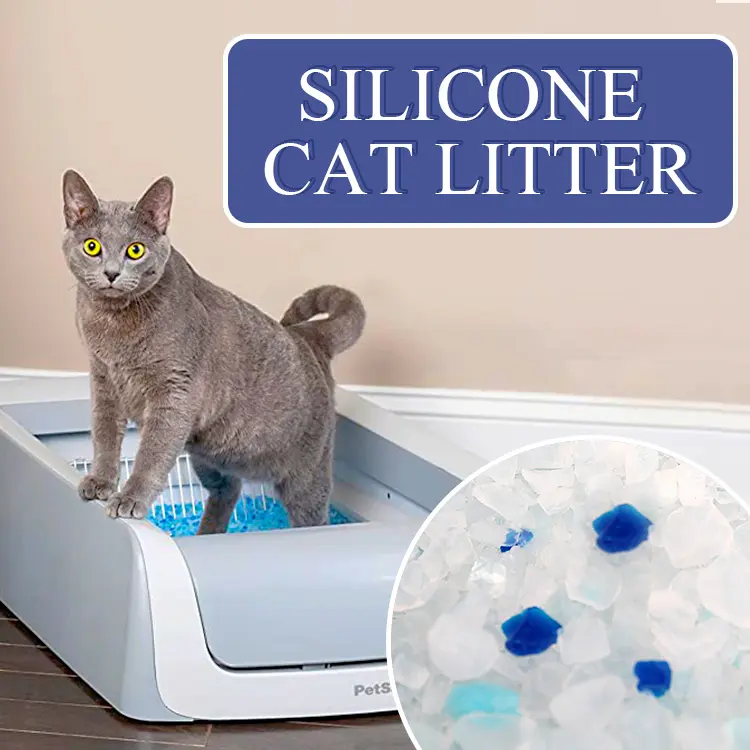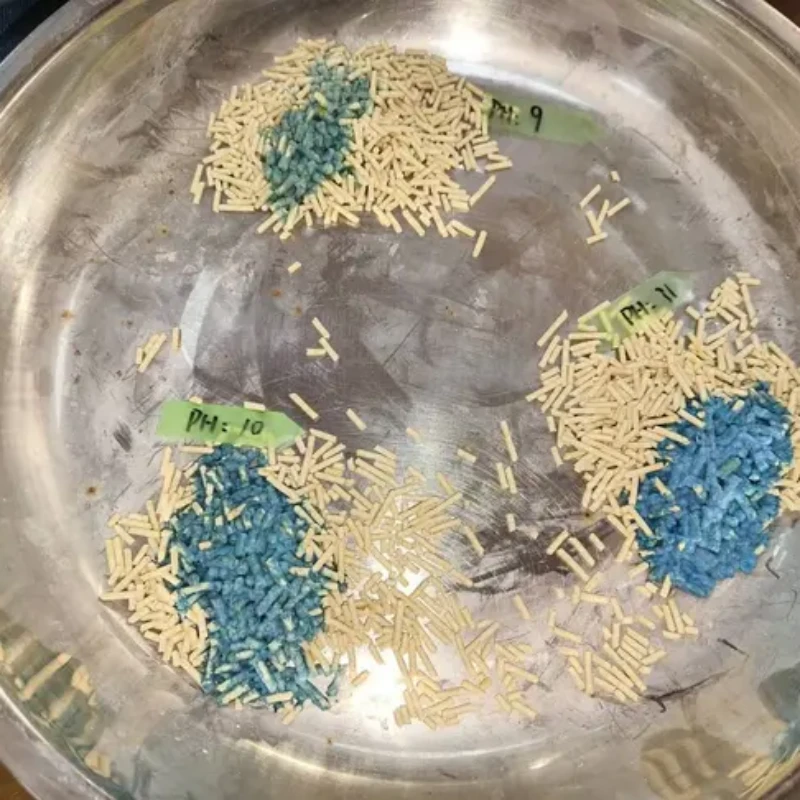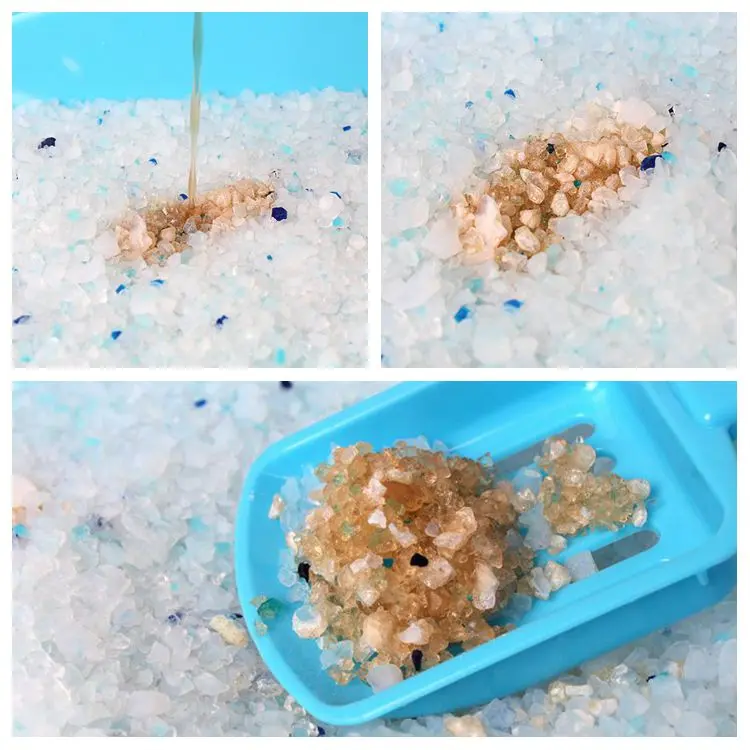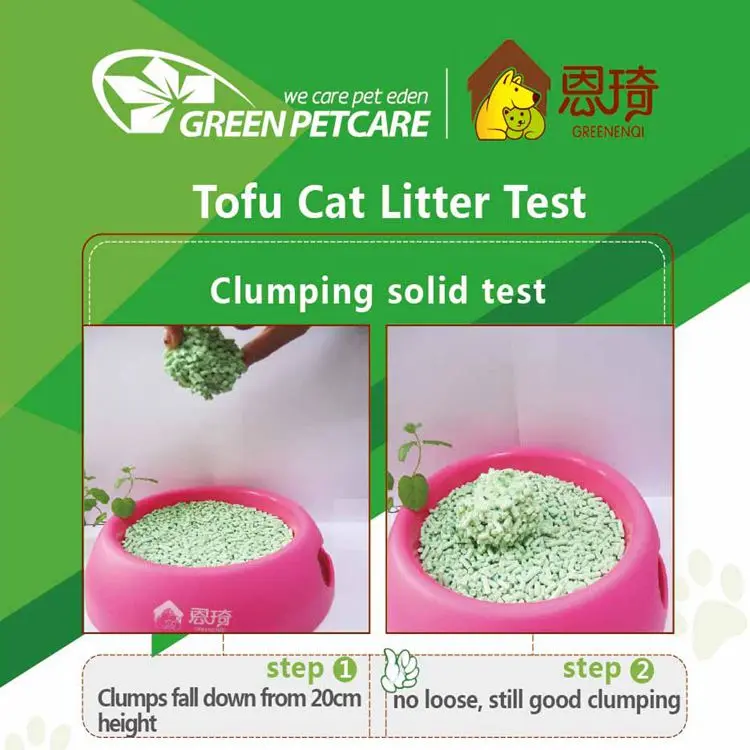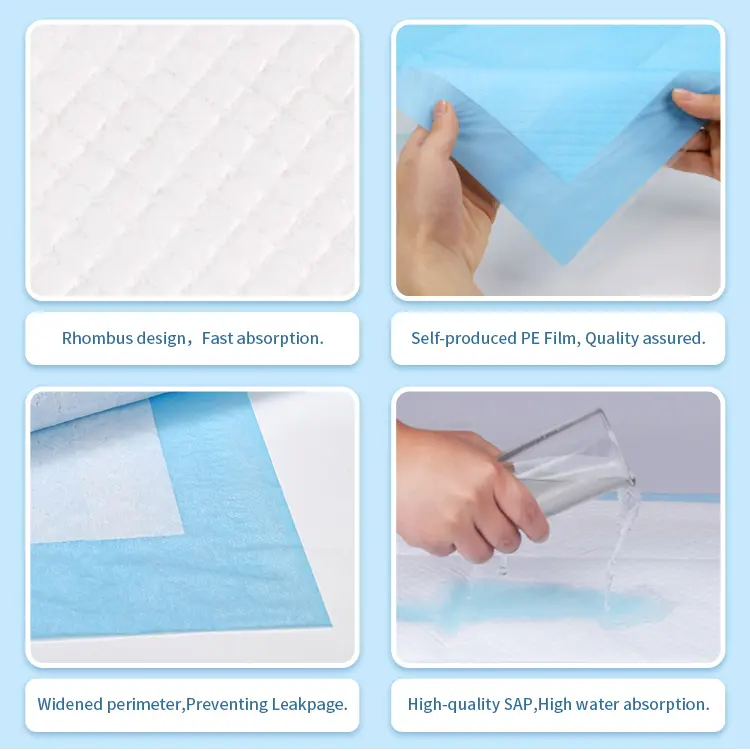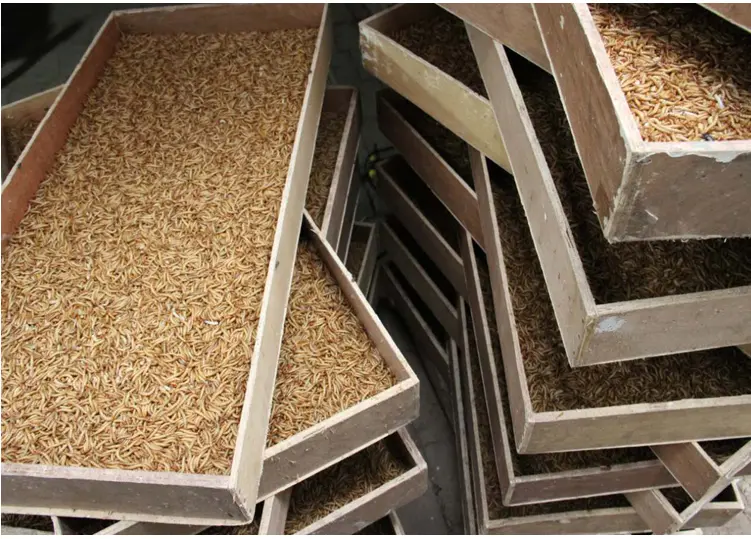Dried vs Live Mealworms for Bluebirds: Which Is Better for Their Health and Attraction?
Bluebirds are a favorite among birdwatchers, and offering mealworms is one of the best ways to attract them to your yard. Mealworms provide essential protein and nutrients, but bird enthusiasts often debate whether dried or live mealworms are better for attracting and feeding bluebirds. In this article, we’ll explore the benefits, disadvantages, and nutritional differences between dried and live mealworms, backed by research data, to help you make an informed choice when feeding these charming birds.
Understanding Mealworms: What Are They?
Mealworms are the larvae of darkling beetles (Tenebrio molitor) and are an excellent food source for many bird species, including bluebirds. They are rich in protein, fat, and other essential nutrients that support the growth and energy needs of birds. Mealworms can be offered in both live and dried forms, each having its own set of benefits.
Nutritional Comparison: Live vs Dried Mealworms
The nutritional content of mealworms can vary depending on whether they are offered in live or dried form. Understanding the differences in their composition can help you determine which type is more suitable for bluebirds' needs.
Nutritional Breakdown of Live vs Dried Mealworms (per 100 grams)
| Nutrient | Live Mealworms | Dried Mealworms |
|---|---|---|
| Calories (kcal) | 109 | 483 |
| Protein (%) | 19.5 | 53.8 |
| Fat (%) | 13.6 | 28.9 |
| Fiber (%) | 1.1 | 0.8 |
| Moisture (%) | 72.4 | 6.5 |
| Ash (%) | 1.7 | 5.4 |
Key Insights:
Moisture Content: Live mealworms are high in moisture, making them a more hydrating option for bluebirds, especially during hot summer months.
Protein and Fat: Dried mealworms have significantly higher protein and fat content due to the dehydration process, which concentrates their nutrients.
Caloric Density: Dried mealworms are much more calorie-dense, making them a higher-energy food source.
Attraction and Feeding Behavior: Live Mealworms vs Dried Mealworms
Bluebirds are insectivorous and will often prefer live prey when available, as it mimics their natural food sources. However, dried mealworms are more convenient for birdwatchers, as they can be stored longer and are less likely to spoil.
Live Mealworms:
Pros:
Mimic natural foraging behavior.
Offer a more dynamic feeding experience, enticing bluebirds.
Often preferred by adult birds, especially during the breeding season when protein is essential.
Cons:
Short shelf life; live mealworms need to be kept in a cool environment.
Can attract pests or unwanted animals if not properly managed.
More expensive and may require frequent re-stocking.
Dried Mealworms:
Pros:
Convenient and easy to store.
Long shelf life.
Higher nutritional value in terms of protein and fat, beneficial during colder months when birds require more energy.
Cons:
May not attract bluebirds as quickly as live mealworms.
Lack of movement might make them less appealing to some birds.
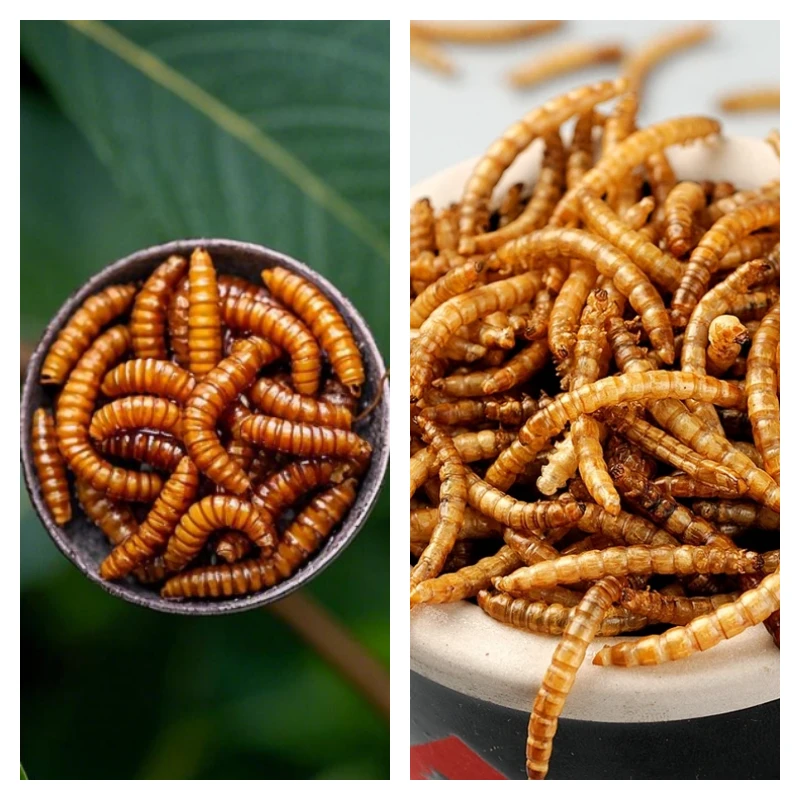
The fresh mealworms on the left are plump and lively, rich in water and nutrition; the dried mealworms on the right are dehydrated for easy storage and feeding. Both are high-quality bird food that meet the different dietary needs of birds and provide a variety of choices for bird lovers.
Bluebird Preferences and Behavior: Research on Mealworm Types
To provide further insight into whether bluebirds prefer live or dried mealworms, several studies have been conducted on the feeding preferences of these birds.
Study 1: Bluebird Feeding Preferences (Live vs Dried Mealworms)
A 2019 study published in The Journal of Avian Biology observed the feeding behavior of bluebirds when offered both live and dried mealworms. The results showed that bluebirds initially preferred live mealworms, especially during the breeding season. However, when live mealworms were not available, bluebirds consumed dried mealworms without significant preference, indicating that dried mealworms could be a viable substitute.
Bluebird Feeding Preferences (Live vs Dried Mealworms)
| Mealworm Type | Average Consumption Rate (grams per day) | Feeding Behavior Observed |
|---|---|---|
| Live Mealworms | 25 | Preferred during breeding season |
| Dried Mealworms | 20 | Accepted when live mealworms unavailable |
Study 2: Long-term Attraction and Retention Using Mealworms
A long-term study conducted by the Cornell Lab of Ornithology in 2020 examined the attraction and retention rates of bluebirds in yards that offered either live or dried mealworms. The study concluded that while live mealworms initially attracted more bluebirds, over time, dried mealworms led to consistent daily feeding due to their practicality and long shelf life.
Practical Considerations: Cost, Storage, and Environmental Impact
When choosing between live and dried mealworms, consider practical aspects such as cost, storage, and environmental impact.
Cost: Live mealworms tend to be more expensive than dried mealworms, due to the cost of cultivation and the need for frequent re-stocking. On average, live mealworms can cost up to 30% more per gram than dried mealworms.
Storage: Dried mealworms have a much longer shelf life and can be stored in bulk, making them more cost-effective for long-term feeding.
Environmental Impact: While both live and dried mealworms are generally eco-friendly, dried mealworms require energy for the dehydration process. However, the lower waste and longer storage of dried mealworms may offset the initial energy use.
Cost Comparison of Live vs Dried Mealworms
| Mealworm Type | Price (per 100g) | Shelf Life | Storage Needs |
|---|---|---|---|
| Live Mealworms | $5.00 | 1-2 weeks | Refrigeration required |
| Dried Mealworms | $2.50 | 12 months | Dry, cool storage |
Which is Better for Bluebirds – Live or Dried Mealworms?
Both live and dried mealworms offer significant nutritional benefits for bluebirds, but your choice should depend on your priorities and circumstances.
Live Mealworms: Ideal for those who want to mimic natural feeding behavior and attract bluebirds quickly, especially during the breeding season when protein is crucial.
Dried Mealworms: A practical choice for consistent feeding, especially during winter or times when live mealworms are not available. They are cost-effective, long-lasting, and nutrient-dense.
Ultimately, a combination of both live and dried mealworms can provide bluebirds with the best of both worlds—hydration and natural foraging, alongside high-energy nutrition during colder months.
Enhance Your Pet's Life with Green Pet Care Products
At Green Pet Care Co., Ltd., we specialize in high-quality pet products designed to keep your pets healthy and happy. Established in 2014, our company offers a wide range of pet products including cat litter, puppy pads, pet toys, pet food, and feeders. With years of export experience, we serve customers across Europe, America, and Southeast Asia, providing affordable and safe solutions for your pets. Our products, such as Duofu and corn cat litter, are eco-friendly and loved by customers worldwide. Trust Green Pet Care for premium products that create a healthier and more enjoyable environment for your pets. Feel free to leave us a message.
